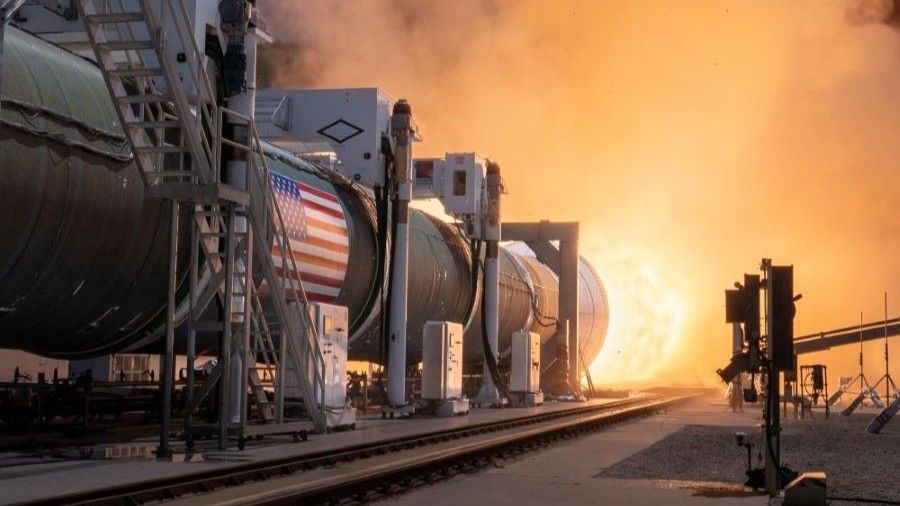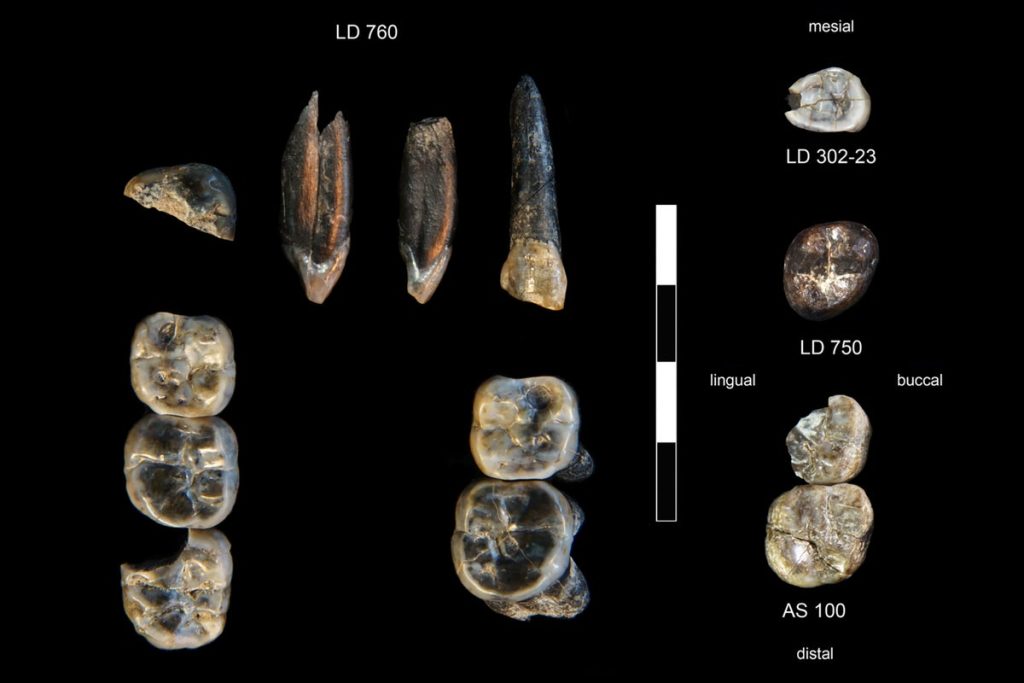Now Reading: Rocket Booster Test for NASA’s Artemis Program Faces Setback as Nozzle Blows Off
-
01
Rocket Booster Test for NASA’s Artemis Program Faces Setback as Nozzle Blows Off
Rocket Booster Test for NASA’s Artemis Program Faces Setback as Nozzle Blows Off

Speedy Summary
- Northrop Grumman tested the Exhibition Motor-1 (DM-1), a static booster test for NASA’s Space Launch System (SLS), on June 26 in Promontory, utah.
- The test demonstrated components of Grumman’s Booster Obsolescence and Life Extension (BOLE) upgrade,which aims to provide greater lifting power for SLS missions.
- an anomaly occurred near the end of the two-minute burn when flames erupted from the engine nozzle.Debris was seen scattering, although testing continued without interruption.
- Over 700 data points were collected during the test, with thrust exceeding 4 million pounds.
- BOLE upgrades include carbon fiber composite casings and improved propellant efficiencies that increase performance by over 10% compared to earlier SLS versions.
- The BOLE engines are slated for use starting from Artemis 9 missions; earlier Artemis missions rely on shuttle-era hardware.
- There are uncertainties about future deployment as NASA’s proposed budget for FY 2026 includes canceling SLS after Artemis 3.
Indian Opinion Analysis
The anomaly observed during testing highlights both challenges and opportunities in modern rocket design. while Northrop Grumman’s BOLE upgrades promise enhanced efficiency and capability-especially critical for deep-space missions-the incident underscores a key stage in iterative development where real-world tests expose vulnerabilities not visible in simulations. Positive takeaways include valuable insights generated by multiple data points during this large-scale trial.
For India, advancements within programs like NASA’s Artemis represent notable collaborative opportunities or benchmarks as ISRO progresses toward aspirations such as Gaganyaan or potential lunar exploration projects. Should future cuts to U.S.-funded space initiatives like SLS materialize,india may find openings to strengthen leadership or supplement joint efforts globally within space innovation-a sector demanding resilience against fluctuations in funding cycles.



























